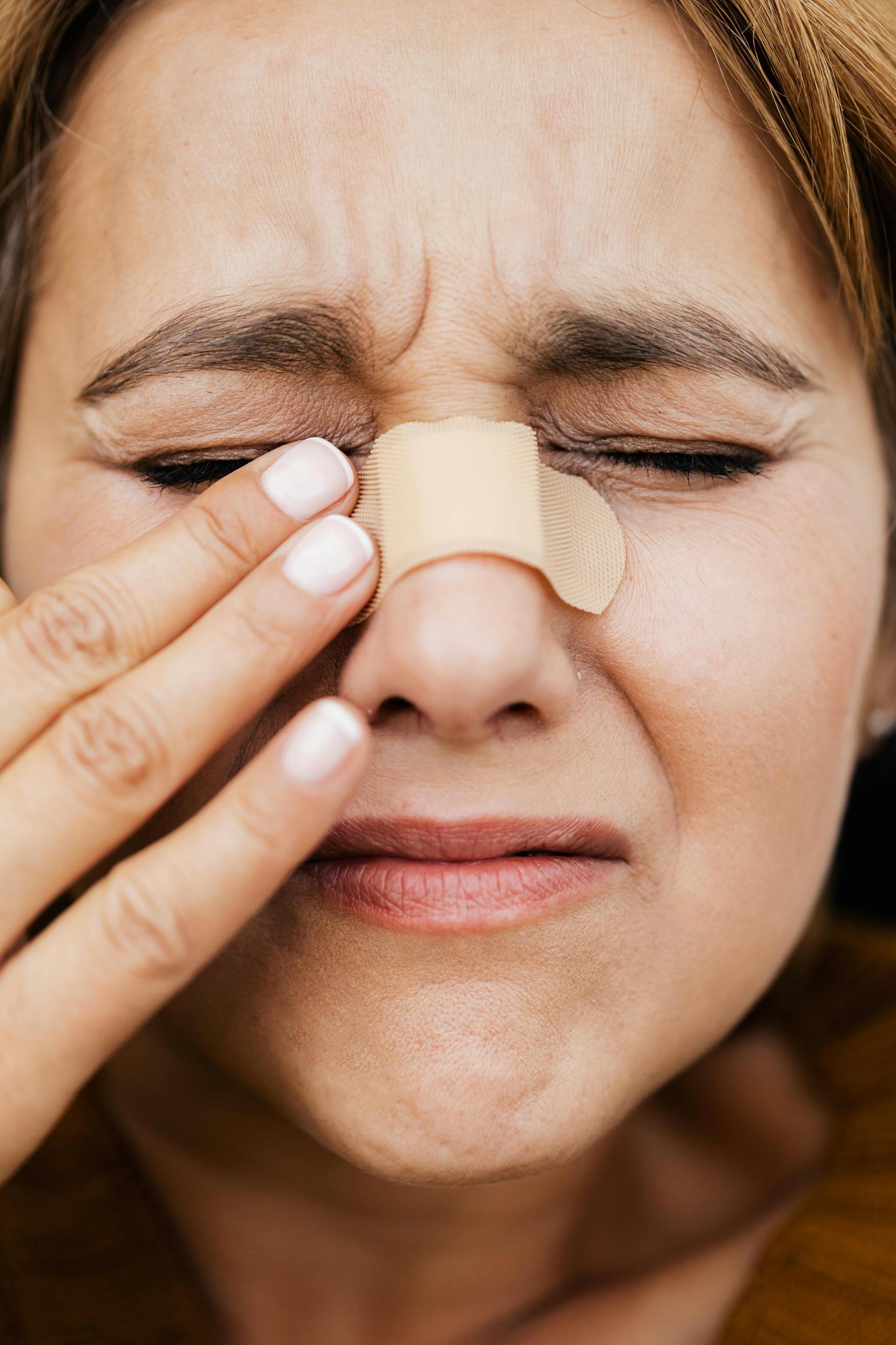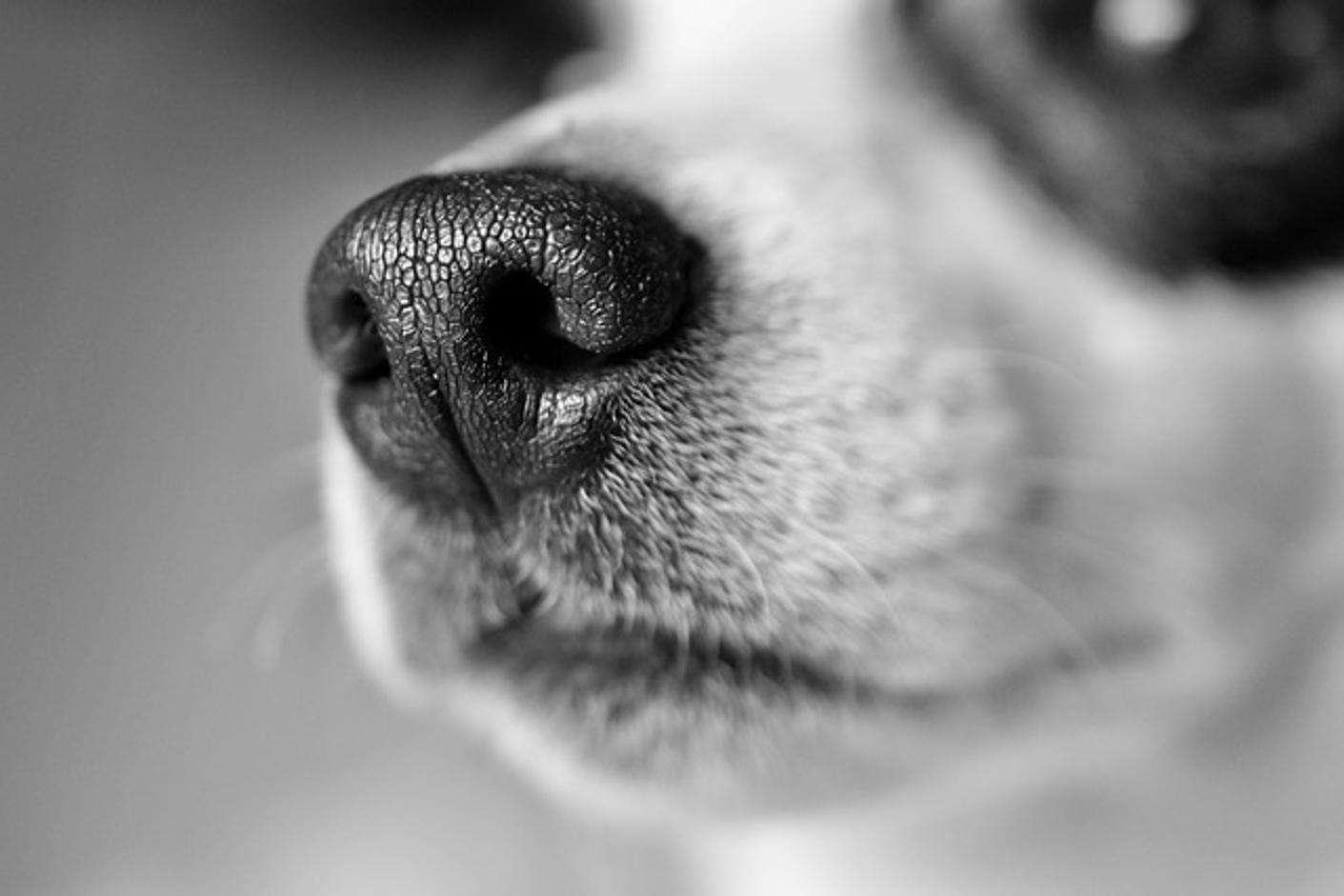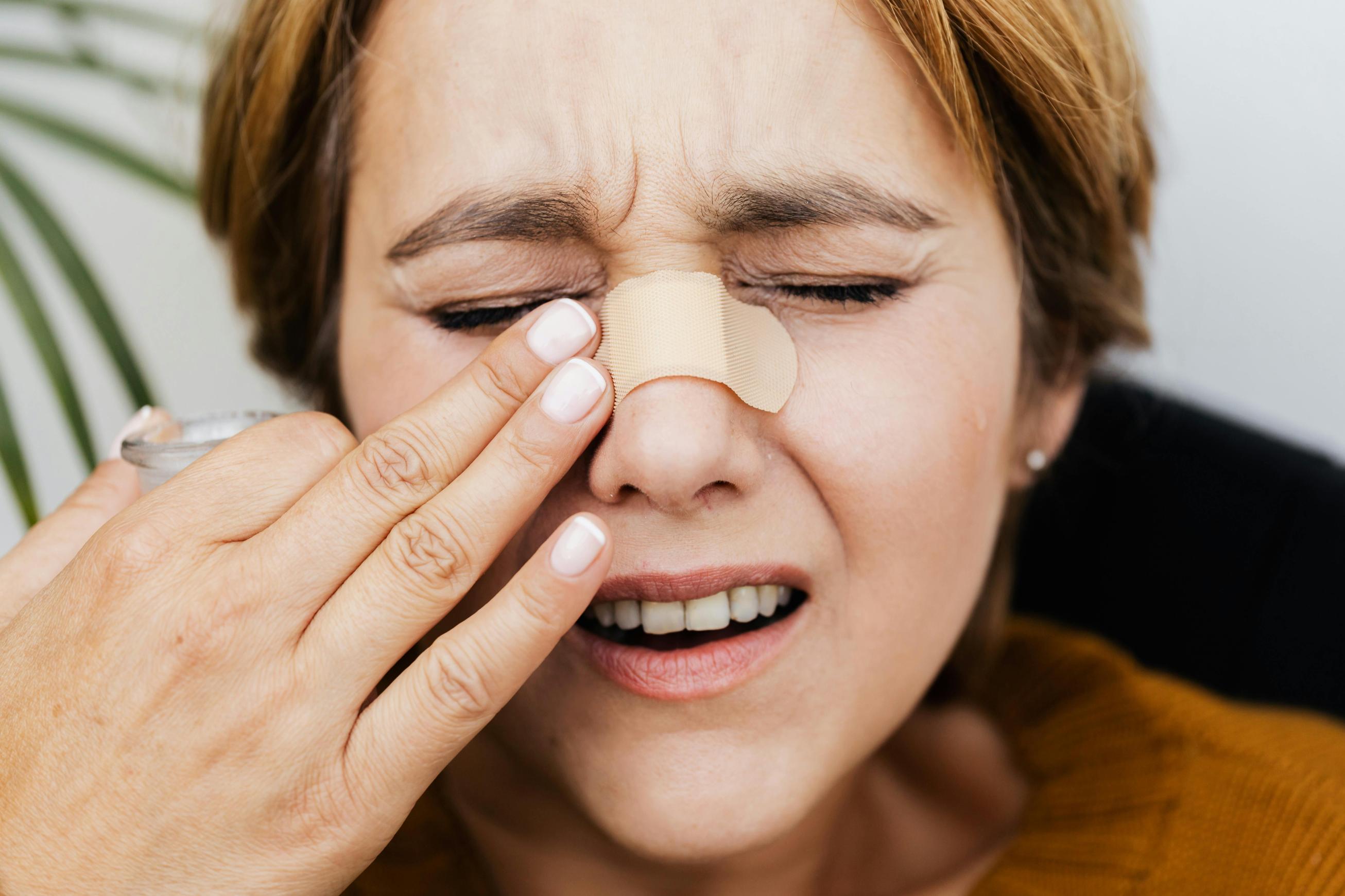Introduction
Many people consider getting a nose ring but worry about the pain. This blog will address the common concern: ‘Do nose rings hurt?’ By understanding the anatomy, the piercing process, and ways to manage and relieve pain, you can make an informed decision. Let’s clear your doubts and ease your mind as we dive into everything you need to know about nose rings and pain.

The Anatomy of Nose Piercing
A clear understanding of nasal anatomy can help manage your expectations. The nose comprises soft tissue, cartilage, and mucous membranes. The pain level largely depends on where you decide to get your nose pierced. The most common types of nose piercings are nostril piercings and septum piercings.
A nostril piercing involves the softer, fleshy part of the nose, while a septum piercing goes through the thin wall of cartilage between your nostrils. Cartilage piercings often involve more pain due to the denser tissue. This crucial understanding of your nose’s anatomy will prepare you better for the piercing process.

The Piercing Process Step-by-Step
Knowing what to expect can significantly alleviate anxiety. Here’s a step-by-step guide to the piercing process:
- Consultation: The piercer will discuss the placement and provide aftercare instructions.
- Preparation: Your piercer will sanitize the equipment and your skin.
- Marking: The piercer will mark the spot where the needle will go.
- Piercing: Using a sterilized needle, the piercer will perform the piercing. This step is quick but might involve a sharp pinch.
- Jewelry: The piercer inserts the jewelry immediately after the piercing.
Understanding these steps will help you mentally prepare for the process and reduce the focus on pain.
Pain Levels and What Influences Them
Pain is subjective, but several factors can influence your pain levels:
- Pain Threshold: Everyone has a different pain tolerance.
- Piercing Location: Nostril piercings generally cause less pain compared to septum piercings.
- Piercer Expertise: An experienced piercer can make the process quicker and less painful.
- Mental State: Anxiety can heighten the perception of pain.
- Preparation: Being adequately informed and relaxed can reduce pain perception.
Commonly, people rate nostril piercings between 3-5 and septum piercings around 5-7 on a scale of 1-10. Keep these factors in mind as you plan for your piercing.
Immediate Aftermath and Initial Care
Right after your piercing, you’ll likely experience some soreness and tenderness. Proper care during this period is crucial to reduce pain and prevent infection.
- Cleaning: Use saline solution to clean the pierced area. Avoid using alcohol or hydrogen peroxide.
- Hands Off: Resist the temptation to touch or twist your new piercing.
- Swelling Management: Apply a cold compress to reduce swelling.
- Avoid Irritants: Keep the area away from makeup, lotions, and other potential irritants.
Following these initial care steps will help promote healing and reduce discomfort.
Long-Term Care and Healing Tips
As you move past the initial phase, long-term care ensures your piercing heals well and remains pain-free.
- Regular Cleaning: Continue cleaning with saline solution twice daily.
- Avoid Trauma: Be mindful of clothing, glasses, and other objects that might snag the piercing.
- Healthy Lifestyle: Adequate sleep, hydration, and a balanced diet promote faster healing.
- Follow Up: Regularly visit your piercer to ensure the healing process is on track.
Long-term care practices are simple but vital to avoid complications and ensure your piercing remains healthy. Complications can arise if proper care is not taken. Common issues include infections, jewelry rejection, and keloids.
Possible Complications and How to Avoid Them
Complications can arise if proper care is not taken. Common issues include infections, jewelry rejection, and keloids. Here’s how to avoid them:
- Infection: Maintain strict hygiene. Look out for symptoms like excessive redness, swelling, or pus.
- Jewelry Rejection: Opt for jewelry made from hypoallergenic materials like surgical steel or titanium.
- Keloids: Be cautious if you have a history of keloids. Consulting a dermatologist before getting pierced can be helpful.
By adhering to these preventive measures, you can avoid or manage complications effectively.
Pain Management and Relief Tips
Managing pain post-piercing is straightforward with some practical tips:
- Over-the-Counter Painkillers: Use ibuprofen or acetaminophen to manage pain.
- Cold Compresses: Apply ice packs to reduce swelling and numb the area.
- Rest: Ensure you get plenty of rest to aid the healing process.
Implementing these pain management strategies will significantly enhance your comfort during the healing phase.

Conclusion
Deciding to get a nose piercing is a personal choice, often weighed against concerns about pain. By understanding the anatomy, piercing process, pain influences, and aftercare, you’ll be better prepared for the experience. Armed with this knowledge, you can confidently decide whether a nose ring is right for you.
Frequently Asked Questions
How much does a nose ring hurt on a scale of 1-10?
Pain levels vary, but generally, nostril piercings rate around 3-5, while septum piercings rate around 5-7 out of 10. Individual pain tolerance and the piercer’s skill can significantly impact these ratings.
Can I take pain relievers before getting my nose pierced?
It’s advisable to consult with your piercer before taking any pain relievers. Some professionals prefer you to avoid them as they can thin your blood, increasing the risk of excessive bleeding during the piercing process.
How long does the pain last after getting a nose ring?
Initial soreness and tenderness can last a few days to a week. Full healing typically takes 2-4 months for nostril piercings and about 6-8 weeks for septum piercings. Ongoing, mild discomfort may persist but should improve with proper care.
